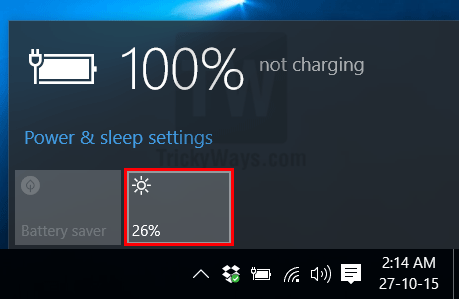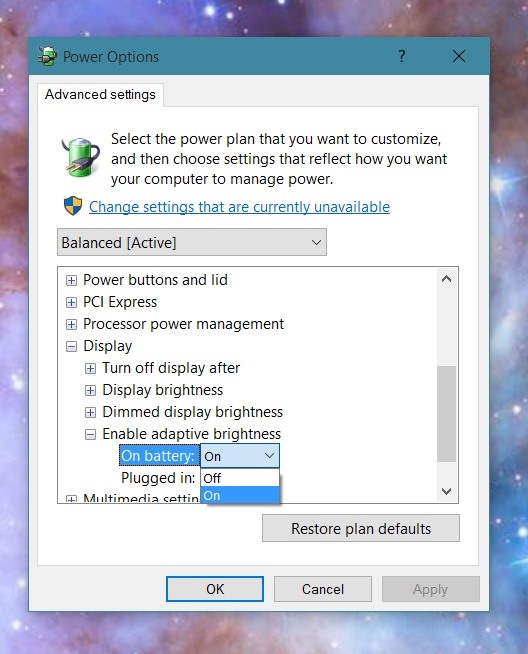


In this post, we will discuss different ways to change screen brightness on your Windows 10 computer. So, you focus and finish the task you have at hand or even have fun on your PC. There will be no glare that can give you a headache. Turning it down, on the other hand, when you are in a dim room, is a good idea for your eyes. When in a heavily lit room or a park, it is easier to see what is on your screen by increasing the brightness. What’s more, it saves battery power, especially when you are on the go, and there is no place nearby to charge. Doing so ensures your comfort when working on your computer. Click here for more info.Now and then, you may want to adjust the brightness of your screen. You should now have access to your full brightness on your windows 10 installation. For those that like their screens bright, I also recommend checking out the f.lux application, which makes bright screens more tolerable by adapting the tint to be easier on the eyes based on the time of day. Changing the option to “off” restored full brightness for me.Īnd there you go. You will see two options, one for while the computer is plugged in, and the other for while it is on battery.

Expand the “Enable Adaptive Brightness” node by again, clicking on the + to the left.Find the Display node on the page and expand it by clicking the plus sign to the left of the word “Display”. The “Power Options” windows should open.Click the “Change Advanced Power Settings” link on the page.A link should appear in the results which will take you to the power plan options. Click the start button and search for “edit power plan”.Turns out that there is a power-saving feature called “adaptive brightness” which is the cause of this lack of brightness. I recently installed Windows 10 on my macbook and found that the brightness wasn’t that bright. Just a quick tip for those running Windows 10 through bootcamp (and maybe even those running a non-apple laptop/desktop).


 0 kommentar(er)
0 kommentar(er)
